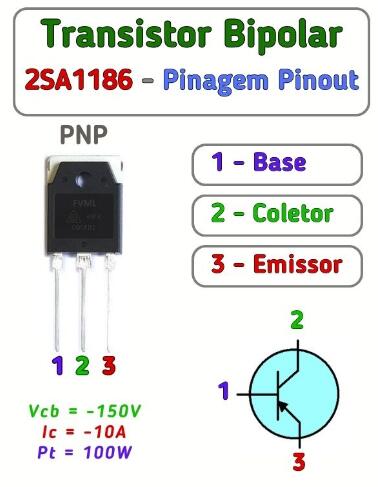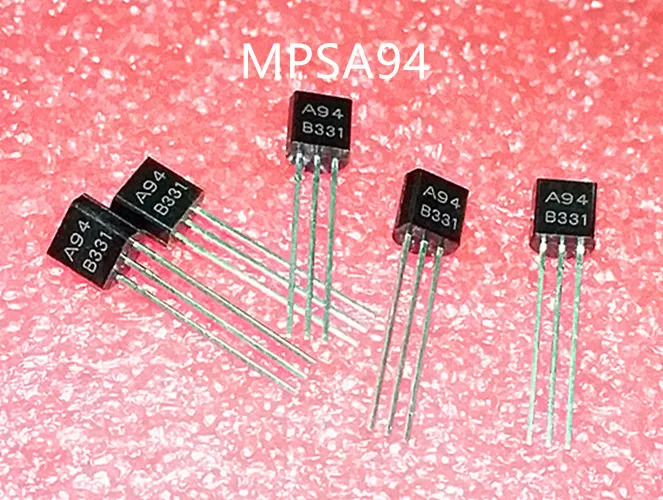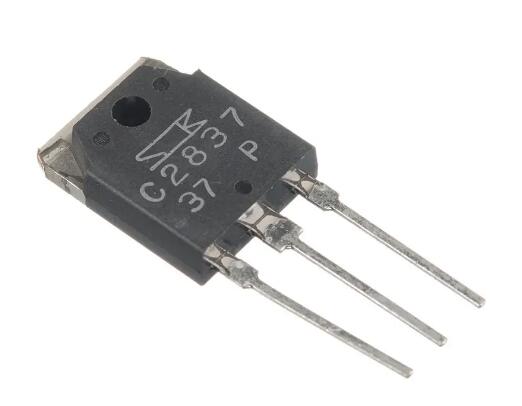The 2SA1186 is a PNP silicon transistor commonly used in electronic circuits. Here's the information you requested:
Pinout:
The pinout configuration of the 2SA1186 transistor is as follows:
- Emitter (E)
- Base (B)
- Collector (C)
Features:
Some key features of the 2SA1186 transistor include:
- Polarity: PNP (Positive-Negative-Positive)
- Power Dissipation: The maximum power dissipation of the transistor is typically around 1 Watt.
- Collector Current: The maximum collector current (Ic) that the transistor can handle is approximately 1.5 Amps.
- Collector-Emitter Voltage: The maximum voltage that can be applied across the collector-emitter junction is typically around 120 Volts.
- Transition Frequency: The 2SA1186 transistor has a transition frequency (ft) of approximately 50 MHz, indicating its capability for moderate frequency applications.
- High Gain: It has a high current gain (hFE) under appropriate biasing conditions, making it suitable for amplification purposes.
Applications:
The 2SA1186 transistor finds applications in various electronic circuits, including:
- Audio Amplifiers: It can be used as a preamplifier or power amplifier transistor in audio circuits, such as in audio amplifiers or audio systems.
- Power Supply Circuits: The transistor can be employed in voltage regulator circuits, providing stable and regulated voltage outputs.
- Switching Circuits: It can function as a switch in low-power switching applications, such as in relay drivers or other general-purpose electronic switches.
- Motor Control: The transistor can be utilized in motor control circuits, allowing control and regulation of motor speed or direction.
- RF Applications: It can be used in radio frequency (RF) circuits, such as RF amplifiers or oscillators, in applications operating within its frequency range.
Usage Recommendations:
When using the 2SA1186 transistor, here are some general recommendations:
- Refer to the transistor's datasheet: Consult the datasheet for detailed information on maximum ratings, electrical characteristics, and usage guidelines specific to the 2SA1186 transistor.
- Biasing and Amplification: Proper biasing of the transistor is crucial to ensure accurate amplification or switching characteristics. Refer to design guidelines and application notes for proper biasing configurations.
- Heat Dissipation: Consider the power dissipation of the transistor and ensure it is properly mounted on a heat sink or thermal pad if necessary, to prevent overheating.
- Safe Operating Area: Ensure that the operating conditions (voltage, current, power) do not exceed the transistor's safe operating area (SOA), as specified in the datasheet.

Please note that the provided information is based on a general understanding of transistors and the information available in my knowledge. For precise usage guidelines and specific circuit requirements, it is always recommended to refer to the transistor's datasheet and consult with design references or experts in the field.



